Rise of the Aztec Empire explained in All About History 121
Inside All About History 121: How a series of tribes in Central America built a superpower of the age in the Aztec Empire

In All About History issue 121, on sale now, you can explore the rise of the Aztec Empire, from its simple origins to the massive Central American superpower that it became. Learn about how its society was structured, how its military dominated the region and how people lived their daily lives.
Learn about the way Eagle and Jaguar warriors earned their ranks and what that meant to the hierarchy of their society. Why was it so important to the Aztecs to capture rather than kill their opponents on the battlefield? And did they stand a chance against the Spanish invasion of Hernán Cortés?
All About History looks to answer all of these questions and more with its cover feature this issue.
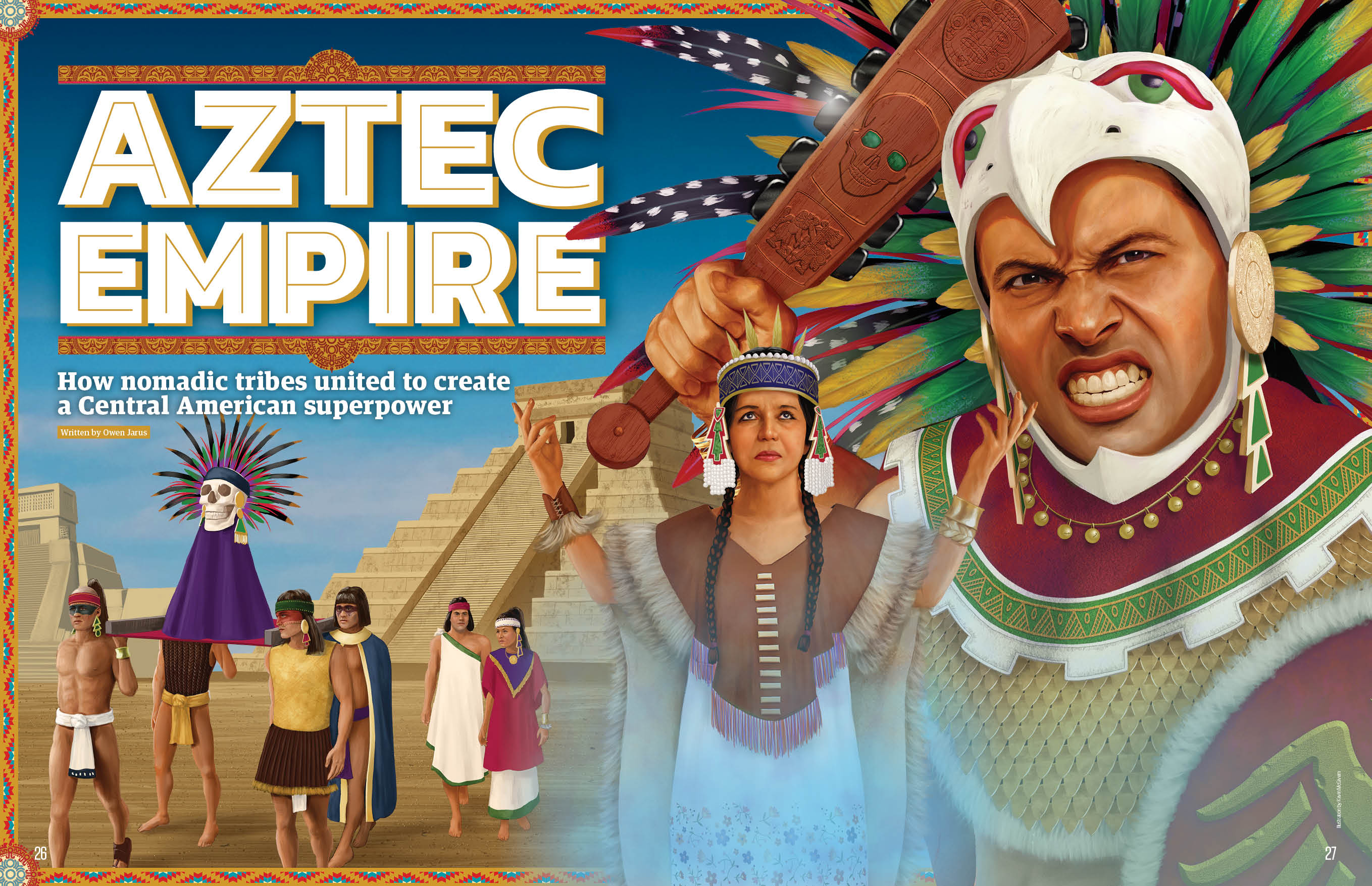
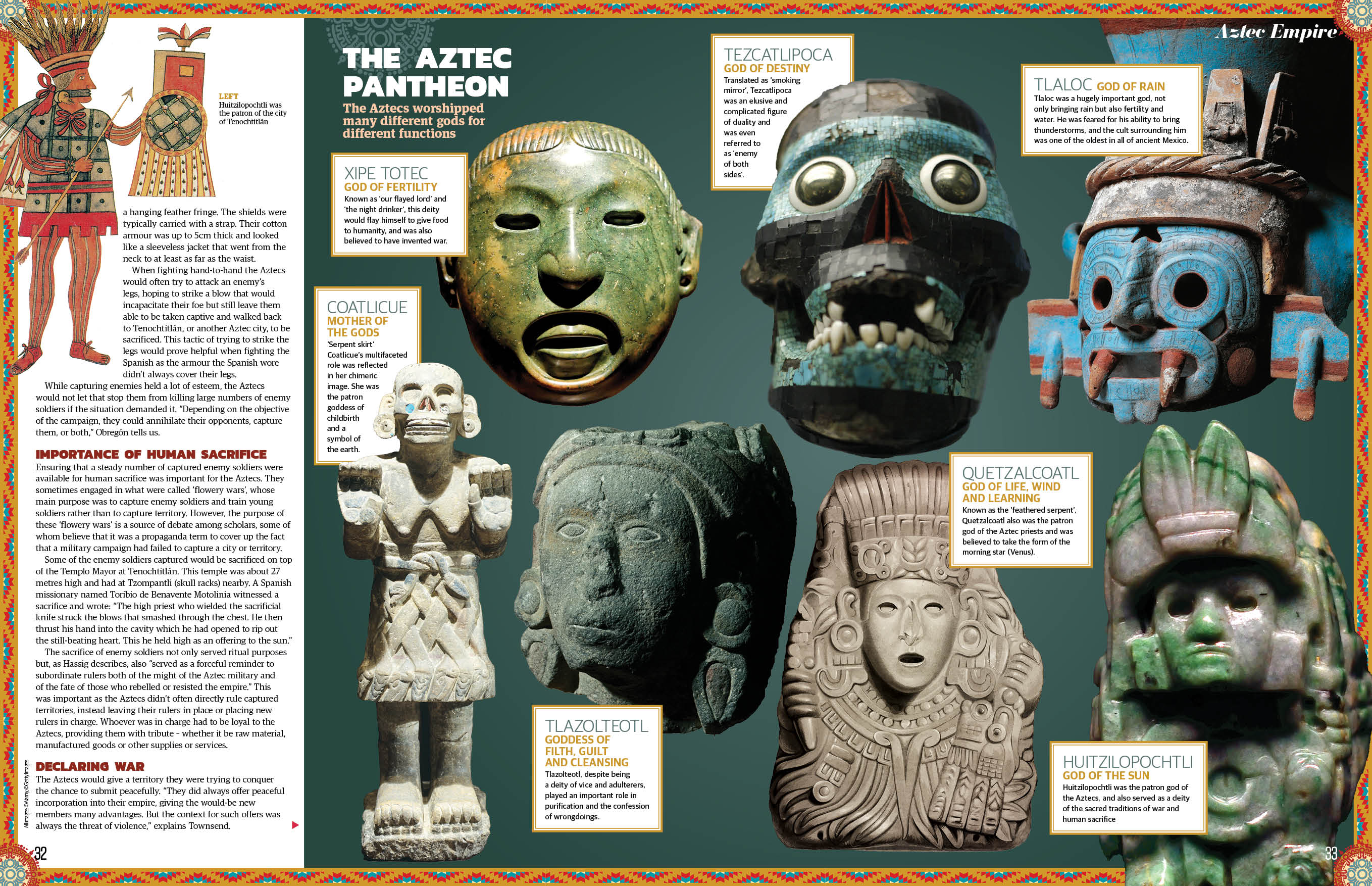


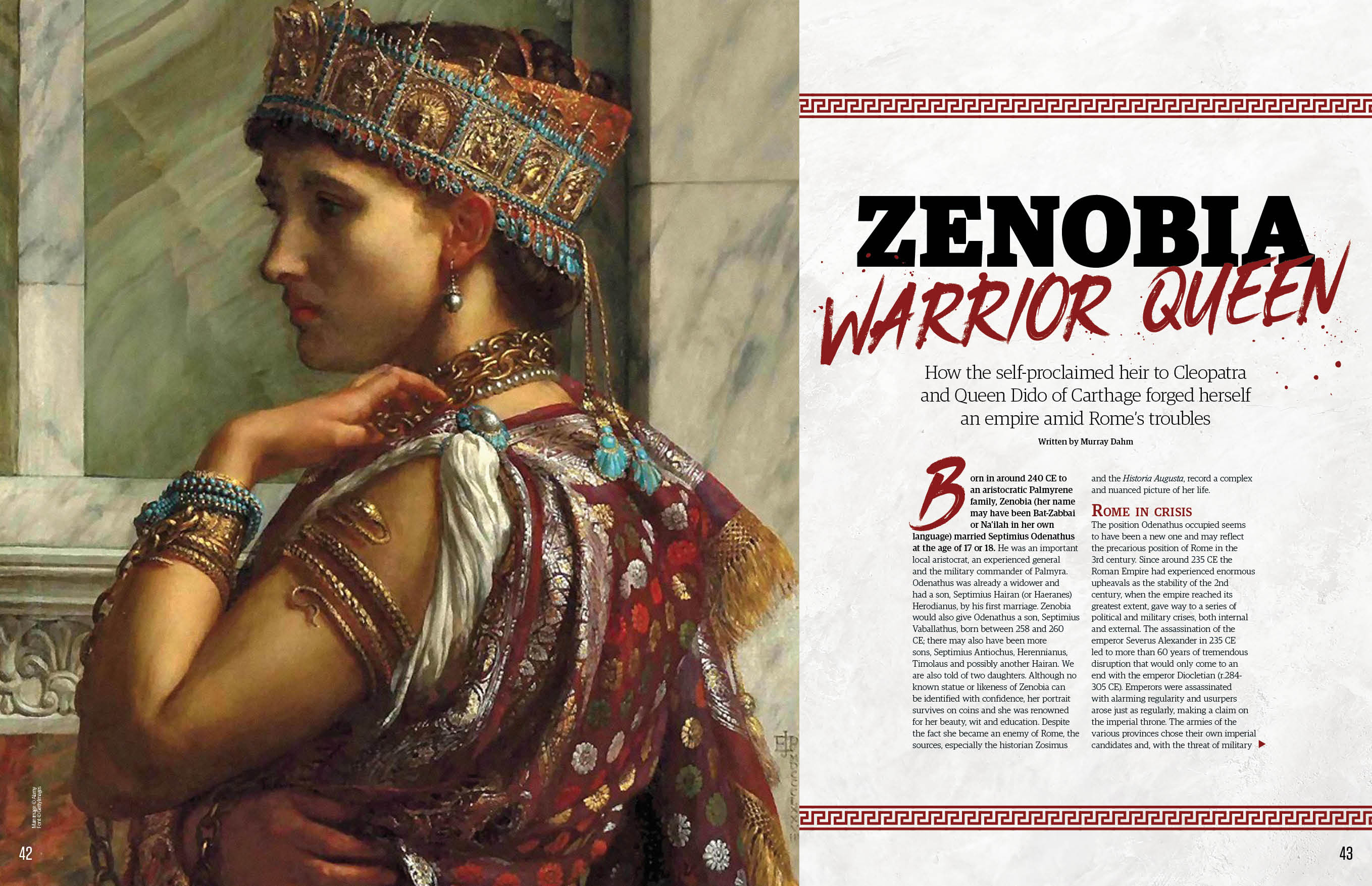




Also in All About History 121, read about the history of the Pride movement, from Stonewall to modern marches. You can also learn about Queen Zenobia, the woman who challenged Rome and conquered Egypt. And discover the origins of popular Halloween traditions.
Related: Read a free issues of All About History
Plus, leading historians tell All About History what they think the future of history will look like. How will we be remembered by the generations to come? What events of the last decade will dominate historical debates? Find out in the latest issue.
Rise of the Aztec Empire
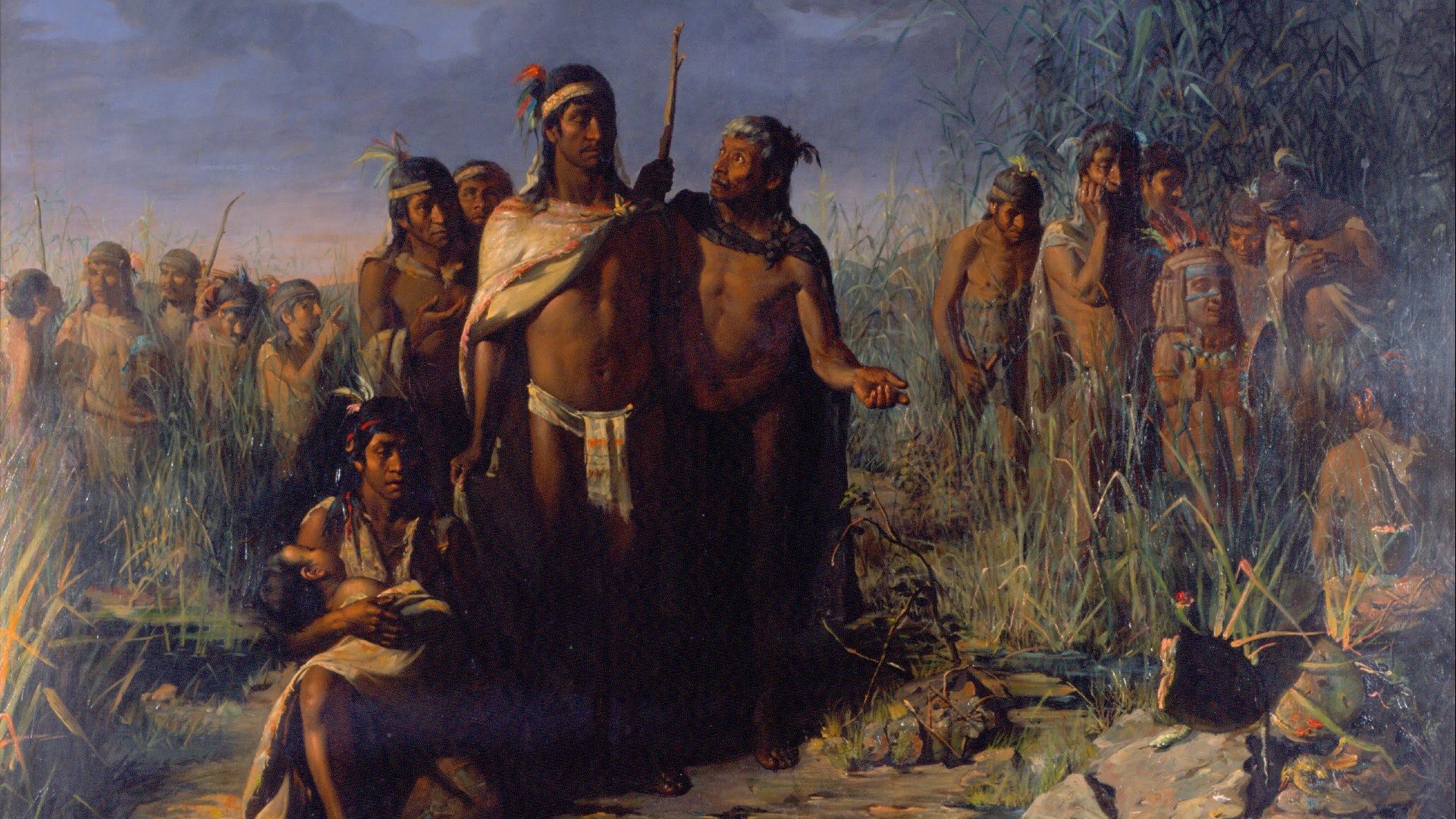
At their height, around A.D. 1500, the Aztecs controlled a large amount of territory in central Mexico. They grew their empire through military conquest. "According to their own histories, military power [was] the main advantage they had," Davide Domenici, an anthropology professor at the University of Bologna, told All About History.
Get the world’s most fascinating discoveries delivered straight to your inbox.
Scholars use a wide variety of sources to reconstruct Aztec warfare, including texts written by the Aztecs and Spanish, archaeological discoveries and experiments such as testing out the effects of different Aztec weapons.
Defining who exactly the Aztecs were can be complicated. The word "Aztec" comes from the Nahuatl language and means "people from Aztlan". David Carrasco, author of "The Aztecs: A Very Short Introduction" (Oxford University Press, 2011), describes Aztlan as the "revered place of origin of the various ethnic groups who eventually dominated central Mexico in the century before the arrival of Europeans." Where exactly Aztlan is and whether it should be considered a real or mythical place is a source of debate among scholars.
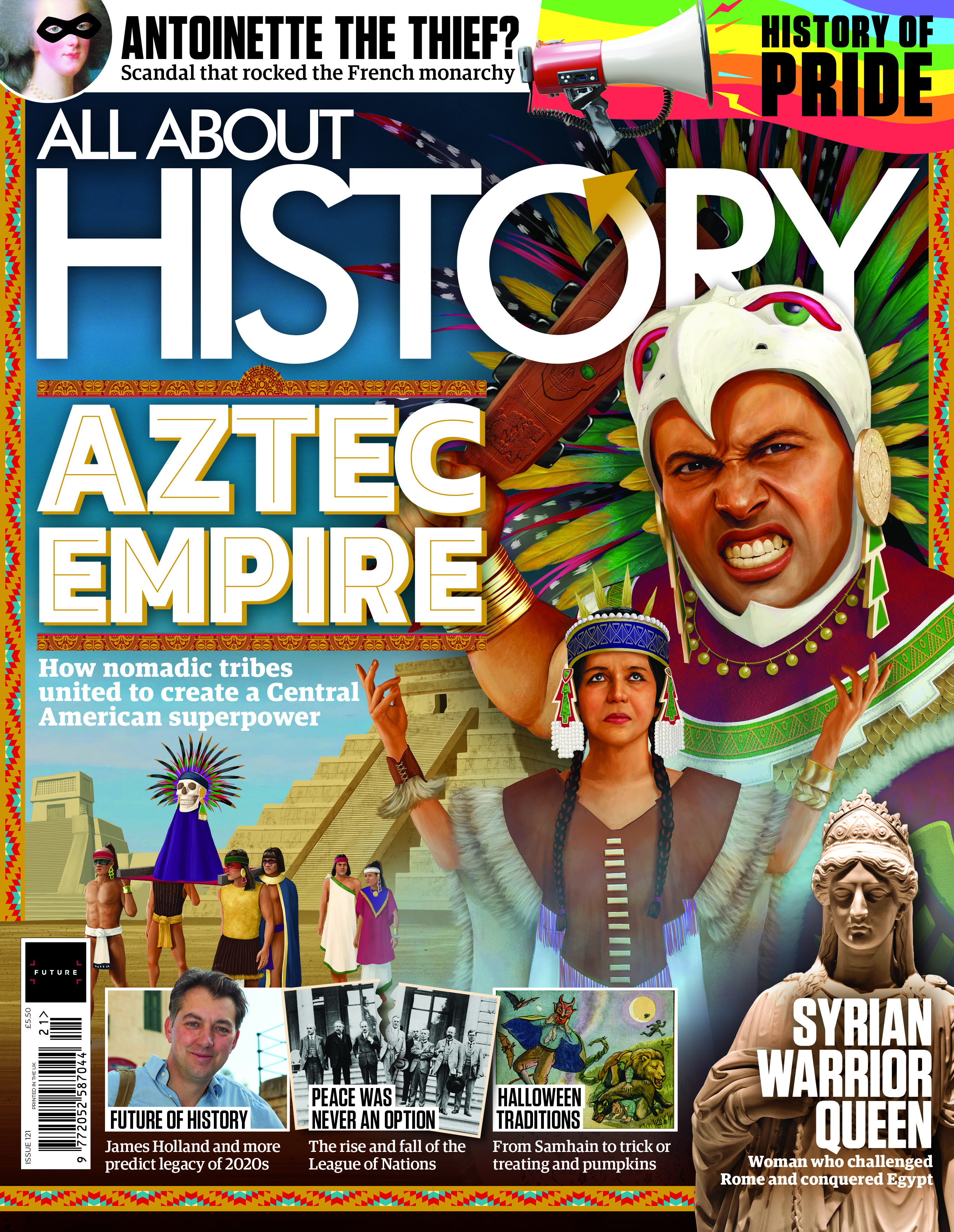
Subscribe to All About History today and receive a bundle of 4 ancient history specials worth approximately $46 for FREE.
The people whom we call Aztecs didn't use that word to describe themselves. They would sometimes use words linked to various ethnic groups that they belonged to such as the Mexica, who were based around the city of Tenochtitlán and became the most powerful Aztec group.
Scholars often use the term Aztec Empire to describe the entity that came to control much of central Mexico. At the heart of the Aztec Empire was the "Triple Alliance" of the cities of Tenochtitlán, Tetzcoco and Tlacopa who, around A.D. 1428, agreed to work together to grow their influence and share the spoils of war. This happened after they overthrew the Tepanecs, who had been one of the most powerful groups in the region and had exercised power over Tenochtitlán and other cities. As time went on Domenici describes how the Mexica based at Tenochtitlán "gained a position of prominence within the so-called Triple Alliance."
Read more in All About History 121.
Halloween history

As the autumn leaves begin to fall and the nights grow longer, you may already have noticed a chill in the air. It's the season when costumed creatures walk the streets and carved Jack O’Lanterns illuminate the fields. That’s right, Halloween is nearly upon us once again. According to Statista, around $10.1bn is spent by Americans on Halloween every year, with the average consumer spending at least $100 to $30 of this going on candy alone.
Yet despite Halloween now being a multi-billion dollar industry with annual scare events and huge festivals such as Universal Studios’ theme park horror nights, its history is equally as rich and as spook-tacular as the modern interpretation. From ancient Celtic festivals to Irish legends of pumpkin-headed spirits wandering the Earth, the most terrifying night of the year has an equally spine-chilling past.
Learn more about the history of Halloween in All About History 121.
Zenobia: Warrior queen
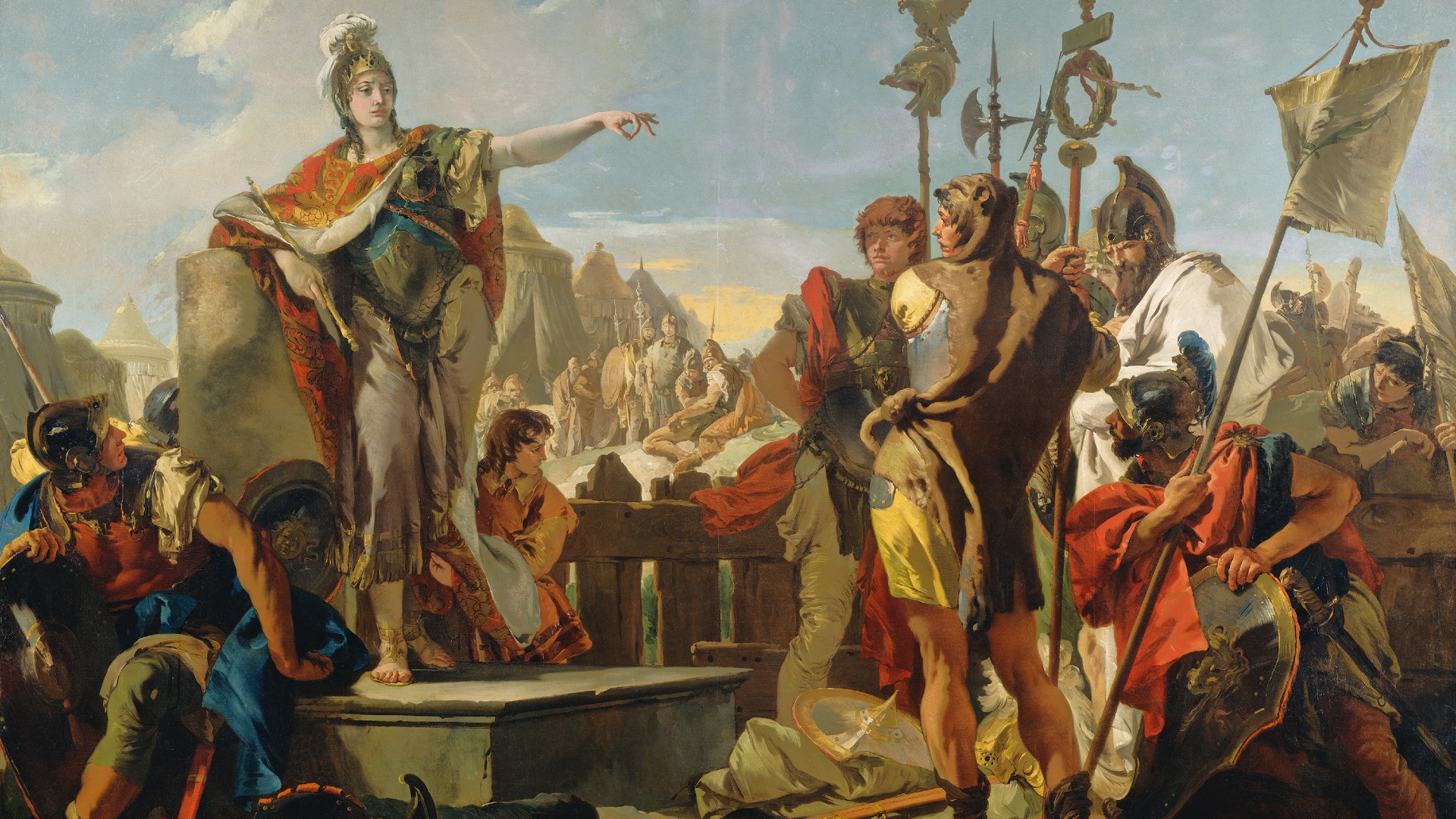
Born in around A.D. 240 to an aristocratic Palmyrene family, Zenobia (her name may have been Bat-Zabbai or Na’ilah in her own language) married Septimius Odenathus at the age of 17 or 18. He was an important local aristocrat, an experienced general and the military commander of Palmyra. Odenathus was already a widower and had a son, Septimius Hairan (or Haeranes) Herodianus, by his first marriage. Zenobia would also give Odenathus a son, Septimius Vaballathus, born between A.D. 258 and 260; there may also have been more sons, Septimius Antiochus, Herennianus, Timolaus and possibly another Hairan. We are also told of two daughters.
Although no known statue or likeness of Zenobia can be identified with confidence, her portrait survives on coins and she was renowned for her beauty, wit and education. Despite the fact she became an enemy of Rome, the sources, especially the historian Zosimus and the Historia Augusta, record a complex and nuanced picture of her life.
Read more about Zenobia in All About History 121.

Jonathan is the Editor of All About History magazine, running the day to day operations of the brand. He has a Bachelor's degree in History from the University of Leeds. He has previously worked as Editor of video game magazines games™ and X-ONE and tech magazines iCreate and Apps. He is currently based in Bournemouth, UK.
 Live Science Plus
Live Science Plus





